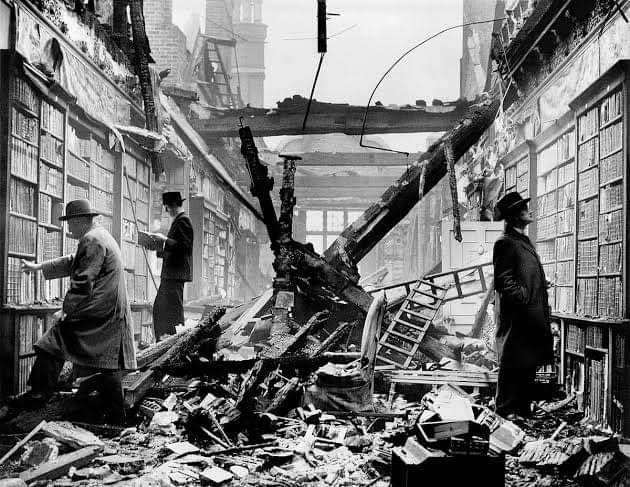A History of Reading
ইতিহাস, বরাবরই আমার ভালো লাগে। তা বলে ইতিহাসের বইয়ের ঐতিহাসিক সততার প্রতি আমার কোনো মোহ নাই। বেশিরভাগ ইতিহাস কোনো না কোনোভাবে ইতিহাস-লেখকের শেকড়ের কথা বলে। সেই শেকড়ে জাত্যাভিমান থাকতে পারে (বেশিরভাগ ক্ষেত্রেই থাকে), নিজেরে বিচার করার চেষ্টা থাকতে পারে (ডাইরিম্পলের 'অ্যানার্কি' যেমন)। সেই জায়গা থেকে দেখলে ম্যানগুয়েলের পড়ার ইতিহাস লেখার যোগ্যতা আছে ষোলোআনা।
এই বইটার সবচেয়ে ভালো লেগছে যে বিষয়টা সেটা হচ্ছে এর ন্যারেটিভ ক্রোনোলজিকাল না। বরং, চ্যাপ্টারগুলো যে বিষয়গুলোকে ট্রীট করা হয়েছে তার একটা ঐতিহাসিক আউটলাইন পাওয়া যায়। আপনি যদি বিশেষায়িত ইতিহাস পছন্দ করেন, তো অবশ্যপাঠ্য।
তো কী সে বিষয়গুলো?
সেখানে আছে তার নিজের পড়তে শেখা, তার সাথে দুনিয়াও কীভাবে পড়তে শিখলো সেই কাহিনী। কী করে পড়ার ধরন বদলালো যুগে যুগে। কীভাবে যুগে যুগে পড়লো লেখক ও অনুবাদকেরা, স্কলার ও আম-পাঠক। মানুষ কীভাবে বই জমাতে শুরু করলো, অন্যরা কীভাবে তা চুরি করলো সেসবও।
পড়া একটা খুব অদ্ভুতরকমের সাইকোলজিকাল অ্যাক্ট। এবং তা কোনো পাথরে খোদাই অ্যাক্টও না। যুগে যুগে পড়ার ধরন বদলে গেছে, তার সাথে বদলেছে চিন্তাপদ্ধতি। তো বইটায় ইতিহাসের ঘটনা ছাড়াও বলার ছিলো অনেককিছু, যা না পড়ার আগ পর্যন্ত হয়ত মনেই আসবে না।
ম্যানগুয়েলের পরিমাণে পড়ার পর, পড়ার ইতিহাসের ওপর লিখতে গেলে একটু স্নবারি কখন বের হয়ে পড়ে সে বিষয়ে একটু খুঁতখুঁতানি ছিল। তবে খানিকটা পড়েই বোঝা গেলো ওটা ম্যানগুয়েলের সম্ভবত নেই। লোকটা বলতে গেলে চিরতরুণ। আমাদের জেনারেশনেই ইলেক্ট্রনিক বইয়ের চেয়ে মানুষ কাগুজে বই বেশি প্রেফার করে। আগের জেনারেশনের একজন তার ওয়ার্ড প্রসেসরে পড়ছেন আর তাতে নোটগুলো সাজিয়ে-গুছিয়ে রাখতে ভালোবাসেন দেখে বেশ ভালো লাগলো।
বইটার একটা ঘোরলাগা বিষয় আছে, একধরনের স্বচ্ছ লেকের ওপর হালকা বাতাসের ঢেউয়ের মত একটা টোন আছে।
আর শেষে আছে সুন্দর আশাবাদী একটা নোট:

This is an intimate study of the art and craft of reading from prehistory to the present. The author meticulously traces the history of reading from the earliest examples of the clay tablets to today's digital revolution.